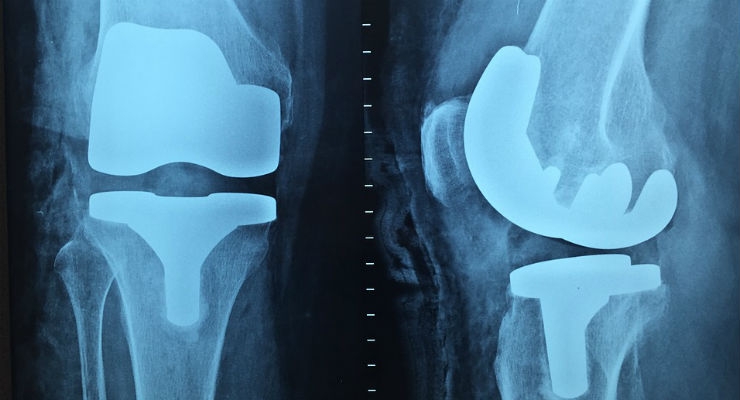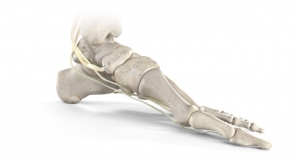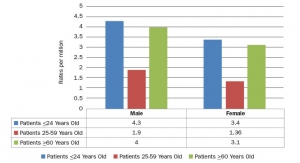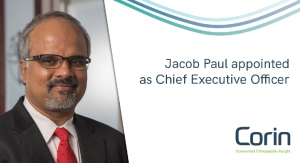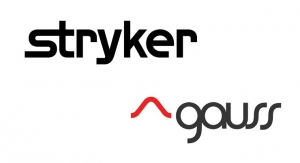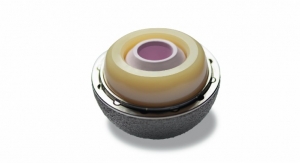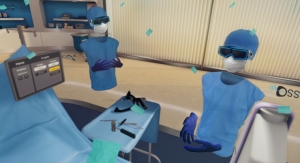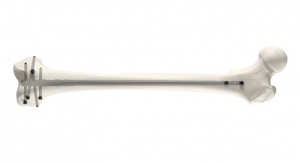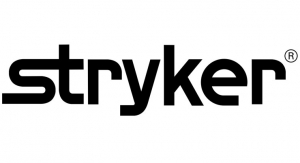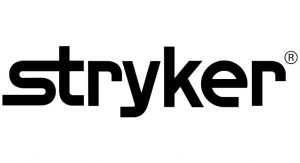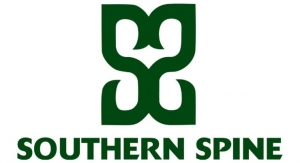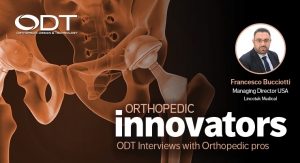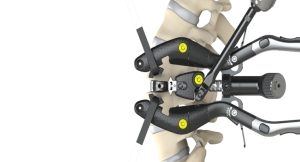Satarupa De , Global Market Insights05.09.18
As per a recent research report by Global Market Insights Inc., “[The] orthopedic devices market is projected to exceed USD 53 billion by the end of 2024, with a projected moderate CAGR of 3 percent over 2017-2024.” Increasing demand for minimally invasive surgeries, along with growing geriatric population base, are catalyzing orthopedic devices market demand. The sedentary lifestyles, along with lack of physical activity and poor dietary intake, have led to an increasing prevalence of bone disorders like osteoporosis and arthritis, which is subsequently stimulating the necessity of orthopedic devices globally. In addition to this, medical research that has enabled advancements in osteology is also providing a significant impetus to the market growth. Considering the dominance of bio-based implants in the market, governments of developing nations are also encouraging usage of cost-effective equipment to bring down the cost burden of the expensive surgical procedures.
The joint reconstruction devices market is one domain that has observed remarkable expansion in a relatively shorter span, subject to the growing need for effective treatment for bone-related disorders. It covered almost 40 percent of the global orthopedic devices market in 2015. Technological progressions, growing occurrences of osteoarthritis and osteoporosis, along with increasing rate of road accidents, have significantly influenced the business growth. As per estimates, based on these strong grounds, the joint reconstruction orthopedic devices market will register an annual growth rate of 3 percent over the coming seven years. Spinal devices will also witness steady gains with the introduction of innovative approaches for spine disorder treatments. The segment is expected to witness 3.5 percent CAGR over 2017-2024. The trauma fixation orthopedic devices market will also acquire substantial revenue of USD 7 billion by the end of 2024.
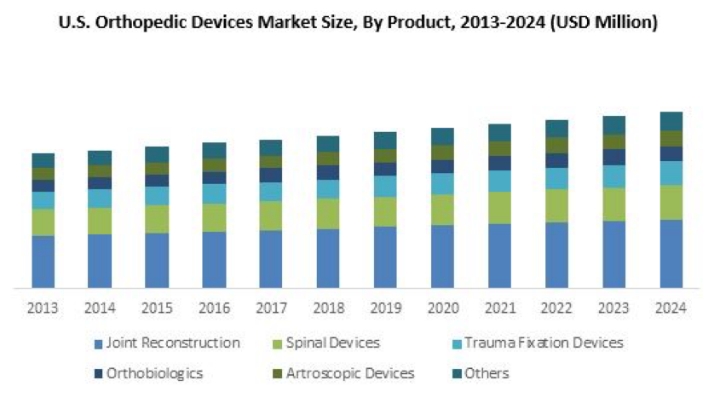
Regionally, the U.S. holds a strong position in the global industry subject to the growing elderly population (above 65 years) and advanced healthcare infrastructure in the country. The U.S. orthopedic devices market covered 90 percent of the North America’s industry share, having held a valuation of USD 20 billion in 2016. With rigorous research activities to develop innovative products, the U.S. market is set to exceed a revenue of USD 25 billion by 2024. With Germany at the growth front, the European orthopedic devices industry will also observe substantial growth in the years ahead. Germany represented 20 percent of the European industry share in 2016. Extensive research in the field of arthroscopic devices and orthobiologics is stimulating the regional market dynamics.
Geographical expansion, development of novel products, and business alliances are the major growth strategies adopted by the market players to sustain in the fiercely competitive scenario. Some of the prominent orthopedic devices industry participants include Medtronic, MicroPort Scientific Corporation, ConforMIS, Zimmer Biomet, DJO Global, and Stryker.
Satarupa De currently works as a content writer at Global Market Insights. An electrical engineer by qualification, she worked for two years in the electrical domain before switching her professional genre. Following her childhood passion, she opted for a career in writing and now writes articles pertaining to market research.
The joint reconstruction devices market is one domain that has observed remarkable expansion in a relatively shorter span, subject to the growing need for effective treatment for bone-related disorders. It covered almost 40 percent of the global orthopedic devices market in 2015. Technological progressions, growing occurrences of osteoarthritis and osteoporosis, along with increasing rate of road accidents, have significantly influenced the business growth. As per estimates, based on these strong grounds, the joint reconstruction orthopedic devices market will register an annual growth rate of 3 percent over the coming seven years. Spinal devices will also witness steady gains with the introduction of innovative approaches for spine disorder treatments. The segment is expected to witness 3.5 percent CAGR over 2017-2024. The trauma fixation orthopedic devices market will also acquire substantial revenue of USD 7 billion by the end of 2024.

Regionally, the U.S. holds a strong position in the global industry subject to the growing elderly population (above 65 years) and advanced healthcare infrastructure in the country. The U.S. orthopedic devices market covered 90 percent of the North America’s industry share, having held a valuation of USD 20 billion in 2016. With rigorous research activities to develop innovative products, the U.S. market is set to exceed a revenue of USD 25 billion by 2024. With Germany at the growth front, the European orthopedic devices industry will also observe substantial growth in the years ahead. Germany represented 20 percent of the European industry share in 2016. Extensive research in the field of arthroscopic devices and orthobiologics is stimulating the regional market dynamics.
Geographical expansion, development of novel products, and business alliances are the major growth strategies adopted by the market players to sustain in the fiercely competitive scenario. Some of the prominent orthopedic devices industry participants include Medtronic, MicroPort Scientific Corporation, ConforMIS, Zimmer Biomet, DJO Global, and Stryker.
Satarupa De currently works as a content writer at Global Market Insights. An electrical engineer by qualification, she worked for two years in the electrical domain before switching her professional genre. Following her childhood passion, she opted for a career in writing and now writes articles pertaining to market research.

